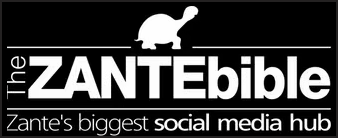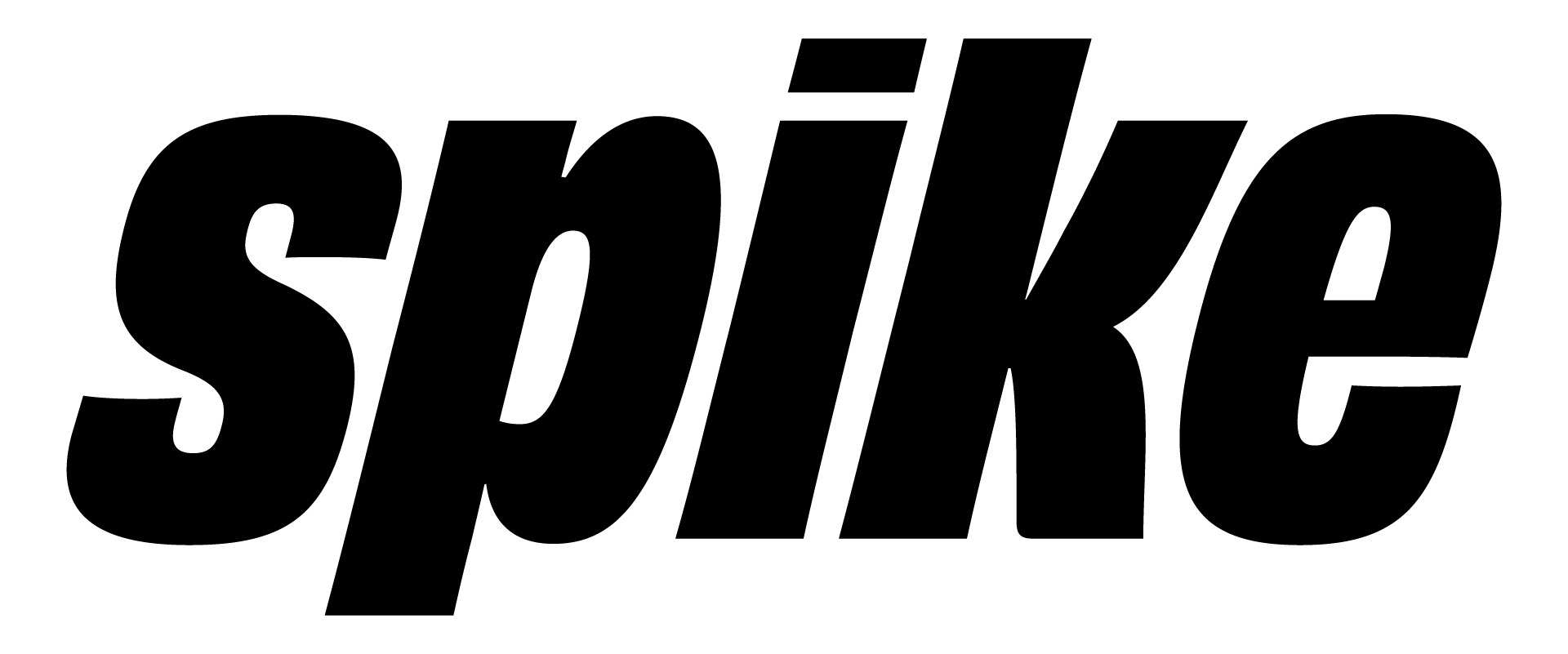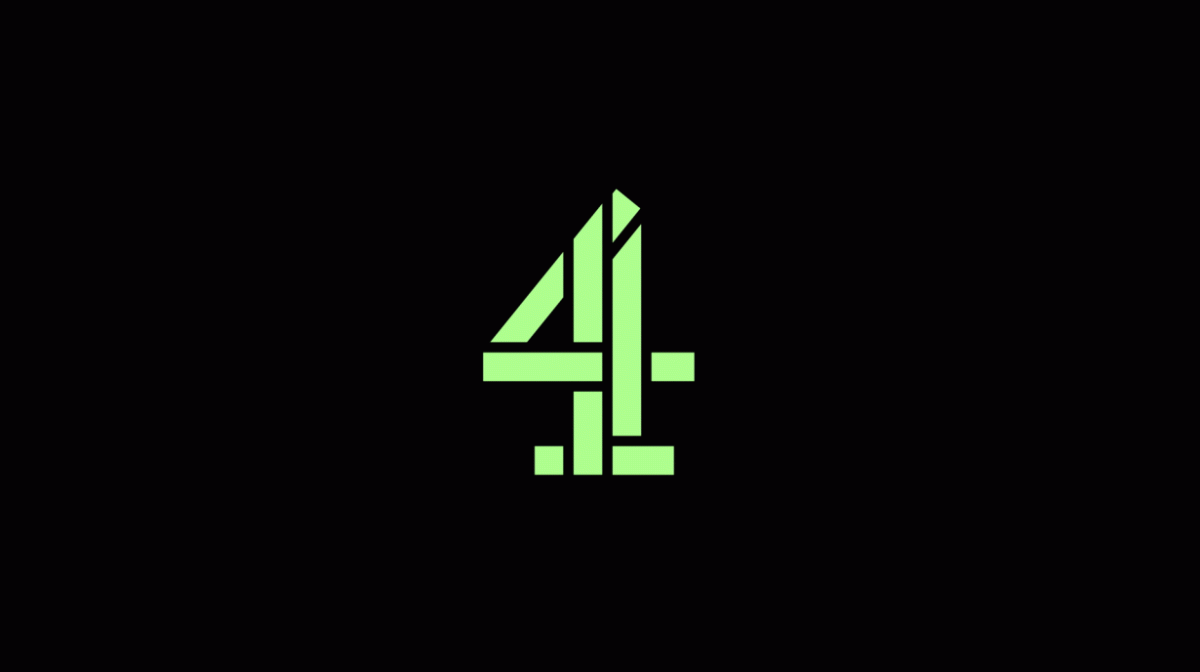The researchers used a micro-LED light bulb to transmit 3.5Gbit/s via each of the three primary colours - red, green, blue - that make up white light. This means over 10Gbit/s is possible. Li-fi is an emerging technology that could see specialised LED lights bulbs providing low-cost wireless internet connectivity almost everywhere.
The research, known as the ultra-parallel visible light communications project, is a joint venture between the universities of Edinburgh, St Andrews, Strathclyde, Oxford, and Cambridge, and funded by the Engineering and Physical Sciences Research Council. The tiny micro-LED bulbs, developed by the University of Strathclyde, Glasgow, allow streams of light to be beamed in parallel, each multiplying the amount of data that can be transmitted at any one time.
"If you think of a shower head separating water out into parallel streams, that's how we can make light behave," said Prof Harald Haas, an expert in optical wireless communications at the University of Edinburgh and one of the project leaders.
Using a digital modulation technique called Orthogonal Frequency Divisional Multiplexing (OFDM), researchers enabled micro-LED light bulbs to handle millions of changes in light intensity per second, effectively behaving like an extremely fast on/off switch. This allows large chunks of binary data - a series of ones and zeros - to be transmitted at high speed.
Source: BBC News








